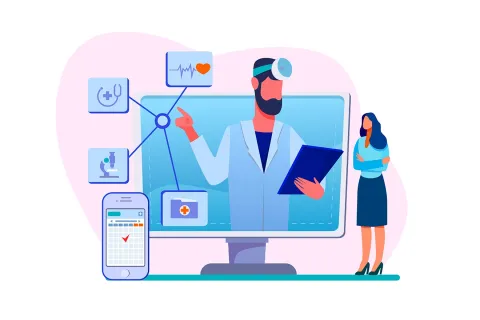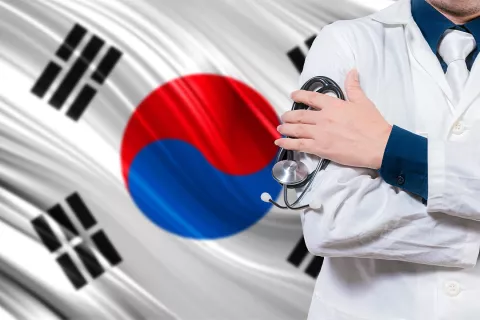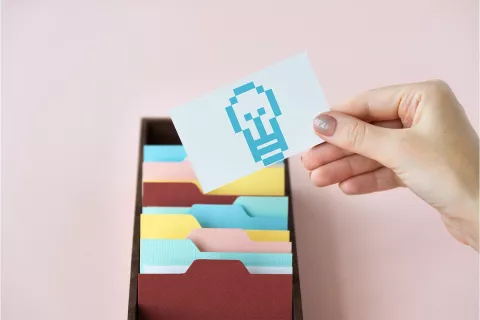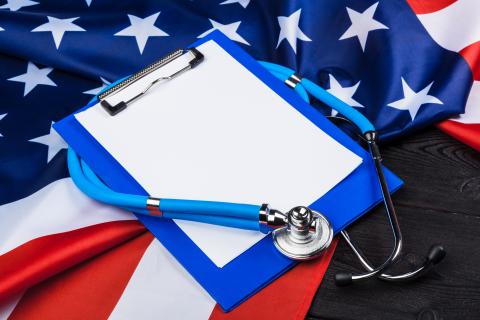
The FDA has introduced “Safer Technologies Program for Medical Devices (STeP)” in line with the “Breakthrough Devices Program”, to facilitate timely access to certain devices and device-led combination products. The existing program is voluntary and applicable for devices aimed to treat and diagnose non-life threatening or reasonably reversible disease conditions, whereas, the Breakthrough Devices Program is intended for devices to be used in life-threatening or irreversibly debilitating disease conditions. The program would expedite the development, assessment and review of the devices that are qualified under the STeP. The US FDA has started operationalizing the program and is anticipated to accept the requests under the program from mid of March 2021.
The expedited processing of any requests is facilitated by interactive and timely communication, review team support, involvement of senior management, additional review resources, use of post market data collection, use of efficient and flexible clinical study designs to support the label claims and fastened and prioritized audit of the establishments, where a pre-approval inspection is required. In a situation where the US FDA has to allot resources or staff for review of applications received under Breakthrough or STeP programs, the preference would be for the former, as it is statutorily mandated.
The sponsor should evaluate the new technology / device enhancement in scope, to qualify for the existing program. The device shall meet the general and specific eligibility criteria for inclusion in the program and will be subjected to 510(k) / De-Novo/ PMA pathways for market authorization and ineligible under the Breakthrough Device program. The device should also have significant benefit compared to existing treatments or devices. This can be either by improved safety or by reduced occurrence of known serious adverse event, device failure mode and use-related hazard or use error.
The approval of devices qualifying under this program can be obtained through two phases, involving inclusion of the device under STeP program, to be made through a Q-Submission, followed by expedited device development and application and review of applications made under Pre-submissions/Marketing submissions (510(k)/De-Novo/PMA).
The Q-Submission request for inclusion of device in STeP shall include information on device description, safety improvement offered, indications of use, Regulatory history, justification on the qualification for general and specific eligibility criteria, type of marketing submission that the device qualifies for. A decision on the request for inclusion of a device in STeP will be taken within 60 calendar days from the date of submission of Q-Submission request. The FDA may communicate with the sponsor within 30 days for additional information. Such requested information shall be submitted as an amendment to the Q-Submission request.
The outcome of the Q-Submission request for inclusion in STeP does not include determining the device class, applicable submission pathway or whether the device in scope would be considered as an accessory. The request can be submitted at any time of device life cycle, either before initiating the device development or during pre-clinical or clinical testing or post submission of a marketing authorization. The submission made before the device development is initiated and it would offer maximum benefits to the sponsor in terms of cost and time to the market.
The sponsor shall include only one device in a given Q-Submission request. The US FDA accepts the requests for same safety technology from various sponsors and there are possibilities of multiple similar devices in review, at a given time. The sponsor may choose to withdraw from the program at any stage and has to be requested through, “withdrawal amendment”, and it is to be submitted against the original Q-Submission request.
The US FDA may at any given point of time disqualify the device from STeP, based on the information that may unfold, as the device proceeds in device development and market submissions or if the US FDA determines that, any of the statements made by the sponsor are untrue.
Once qualified for STeP and the device is in the development, the manufacturer may opt for discussion with the US FDA. The interactions can be a sprint discussion, review of Data Development Plan (DDP), which are considered as different sub-types of pre-submission meetings. The sprint discussions offer benefit of drawing a consensus with the FDA on non-clinical or clinical evaluation, within a shorter timeline. The effective way to utilize such discussions is to include a single topic per sprint request and pre-determination of goals are to be achieved from such discussions. The Data Development Plan (DDP) is an optional document that a sponsor may choose to develop for a given device and includes the data collection expectations throughout different phases of device life cycle. Such document enables quicker device assessment and review of a marketing application by the US FDA. The sponsor may decide to include either non-clinical or clinical testing plan or both and may also choose to list the project timelines for availability of results from these tests. The marketing submissions shall be made as per the requirements under respective pathways i.e., 510(k), De-Novo and Pre-market approval.
The program is beneficial for the manufacturers of qualifying devices, as they enable quick review by the US FDA during various phases of the device development and approval. Reach out at to a Medical device Regulatory expert to know more about STeP and for continued compliance.
Related resources -
Overview of Medical Device regulation in US
Overview of Registration of Medical devices through 510(k) pathway
Overview of Registration of Medical devices through De-Novo pathway
What is a Design History File (DHF)
Gap analysis and remediation of Device Design control documents
Mock audit for 21 CFR 820 and ISO 13485:2016 compliance









